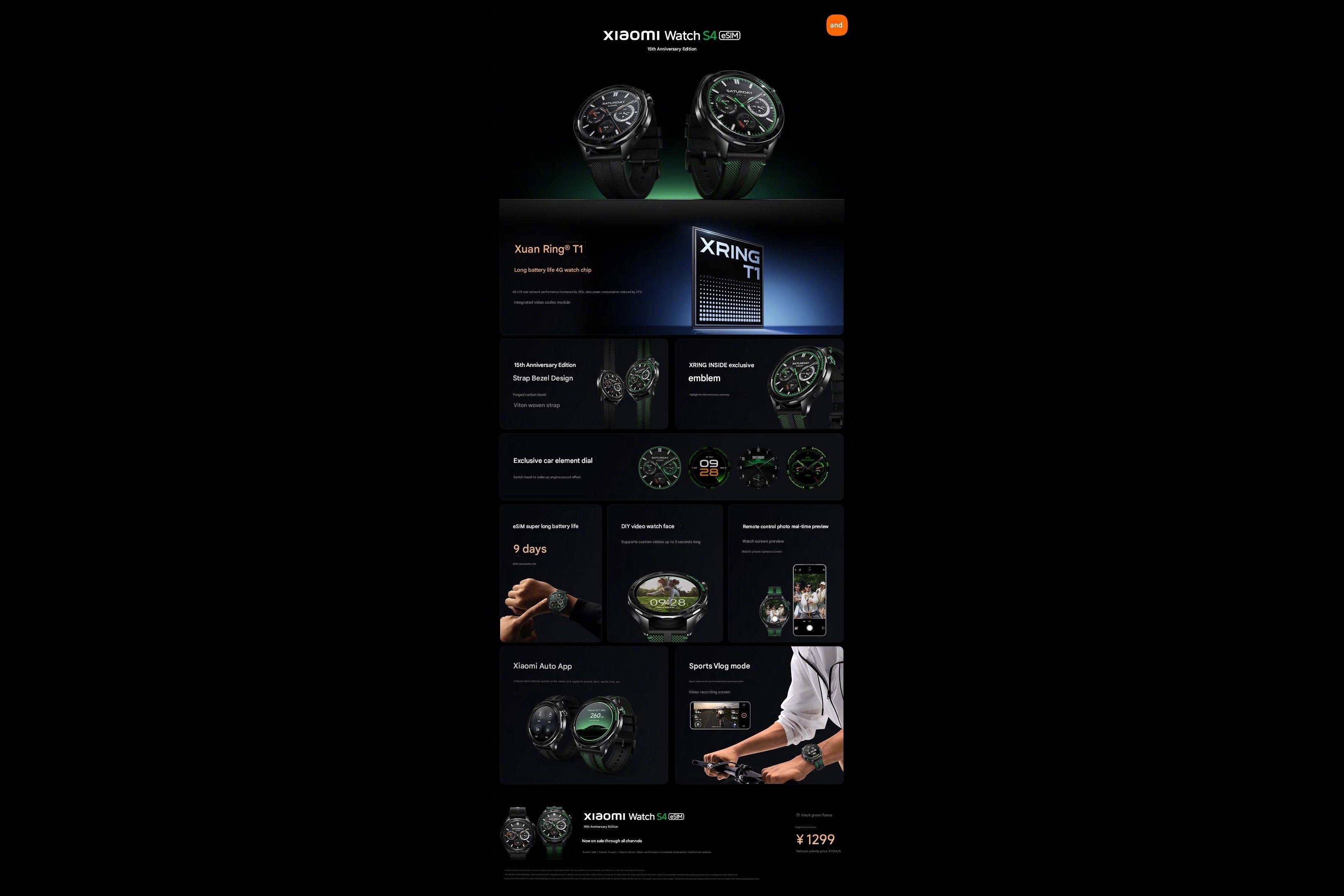Xiaomi just launched its first in-house mobile processor, the Xring O1, and it’s powering the new Xiaomi 15S Pro and Xiaomi Pad 7 Ultra. This marks a big step for the company as it tries to reduce its reliance on chipmakers like Qualcomm and MediaTek.
The Xring O1 is built using TSMC’s second-generation 3nm process, and it has a 10-core CPU. That includes two Cortex-X925 cores running at 3.9GHz, four Cortex-A725 cores at 3.4GHz, two more A725 cores at 1.9GHz, and two Cortex-A520 efficiency cores at 1.8GHz. It also has a decent amount of L2 cache to help with performance.
For graphics, Xiaomi went with a 16-core Arm Immortalis-G925 GPU. That’s more cores than the version used in MediaTek’s latest chip, but Xiaomi hasn’t revealed clock speeds or full graphics specs yet. So it’s hard to say how it stacks up in real-world gaming or demanding apps.

Specs released by Xiaomi today for the Xiaomi 15S Pro and Xiaomi Pad 7 Ultra, two new products using the Xring O1 chip (translated). | Images credit — Xiamo (Weibo)
Xiaomi is also talking up the chip’s power efficiency. The company says the Xring O1 handles heat better than competitors when gaming or charging, though we’ll need to test that ourselves to know for sure.
Another highlight is the chip’s built-in imaging chip, which Xiaomi says is in its fourth generation. It’s designed to boost low-light photo quality and enable 4K night video, which could mean better camera performance overall.
The newly released Xiaomi 15S Pro, Xiaomi Pad 7 Ultra, and Xiaomi Watch S4 with the Xring chips. | Images credit — Xiamo (Weibo)
In early benchmarks published by Xiaomi, the Xring O1 scored just over 3 million points in AnTuTu V10. That puts it close to the Snapdragon 8 Elite and Dimensity 9400, although it’s worth remembering that benchmark results can vary and don’t always reflect real-world use.
Alongside the Xring O1, Xiaomi introduced the Xring T1, a chip designed for smartwatches with its own 4G baseband. The Xring T1 powers the Watch S4 15th Anniversary Edition and brings standalone 4G connectivity via eSIM. Xiaomi claims it passed extensive network compatibility tests and delivers up to nine days of battery life with eSIM active. The chip also includes a video codec module for smooth watch-face animations and real-time camera previews. This marks Xiaomi’s first real step into full-stack wearable chip design.

Specs released by Xiaomi today for the Watch S4, using the Xring T1 chip (translated). | Image credit — Xiamo (Weibo)” 
The Xiaomi 15S Pro and Xiaomi Pad 7 Ultra are the first devices to use this chip. For now, they are only available for sale (officially) in China, and there’s no indication yet whether they will be released globally. That said, on paper, the Xring O1 looks like a solid start for Xiaomi’s chip ambitions. Whether it can truly rival the top players remains to be seen, but it’s clear Xiaomi is aiming high.
Read the latest from Johanna Romero




GIPHY App Key not set. Please check settings